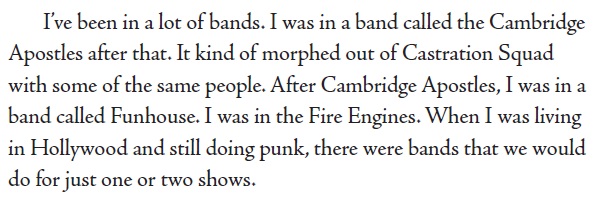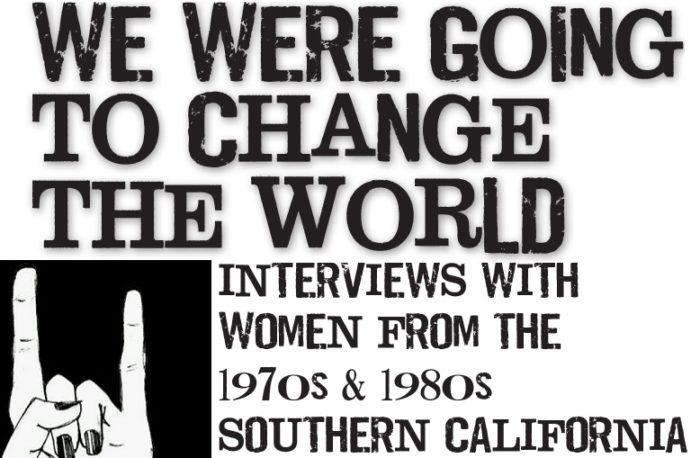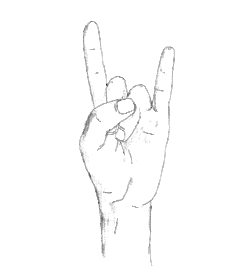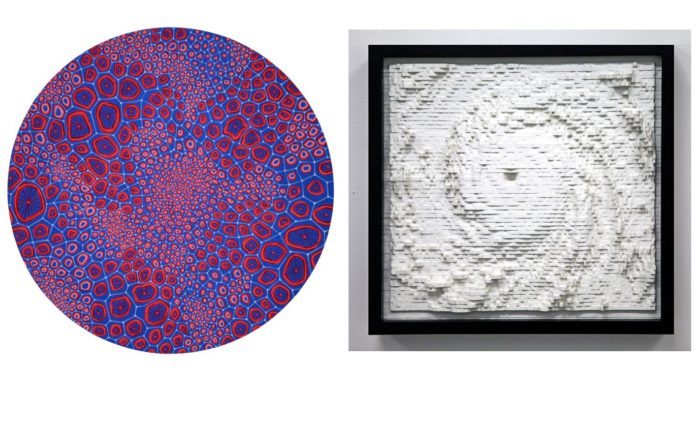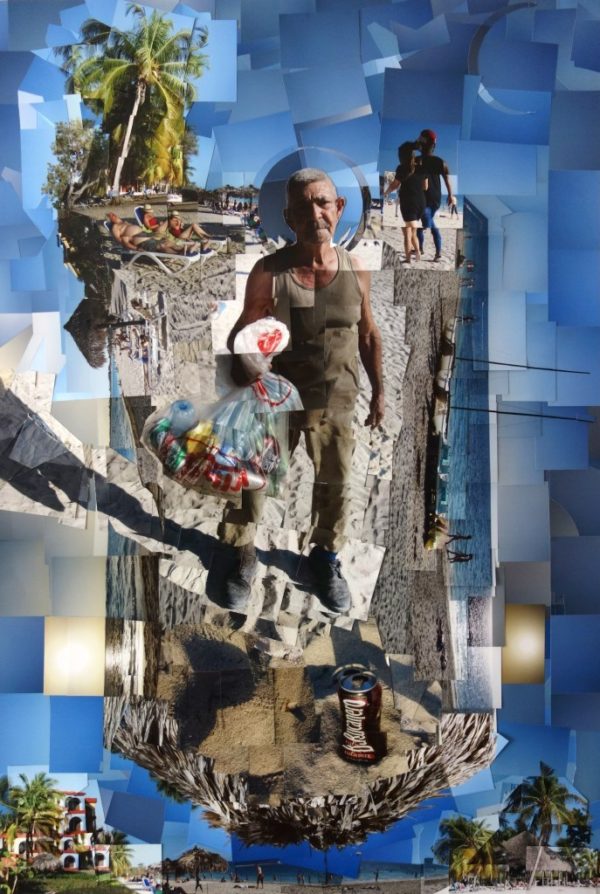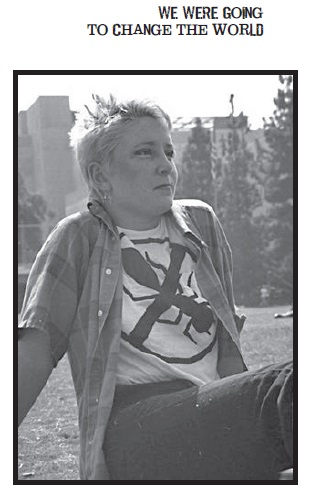
The punk rock scene of the 1970s and ’80s in Southern California is widely acknowledged as one of the most vibrant and creative periods in rock and roll.
Over the years, many books have come out exploring this explosive time in music and culture, but none have exclusively focused on the vitality and influence of the women who played such a crucial role in this incredibly dynamic movement.
“Almost a decade ago- IN THE SUMMER OF 2012, I attended an oral history workshop by the social justice organization Voice of Witness. I’m a librarian and professor at Santa Ana College and I participated in the workshop to discover projects I could do with students. I ended up imagining something entirely different: interviewing other women like me, now in our middle or later years, who grew up in the punk rock scene in Southern California. Did punk rock influence the rest of their lives? What attracted them to punk rock and how did they get involved? What was it like being a woman in the scene?
What you can now hold in your hands is the final result of a project that took several years and countless hours to complete.
How did I do it? I created a flyer about the project. I posted the flyer a few places around Orange County and Los Angeles and on Facebook. Women started contacting me to participate. I wrote up a list of questions and bought two digital recorders. I emailed some women directly and asked if they would be willing to participate. Then I started calling women and meeting them, mostly in their homes. A friend called it “punk rock anthropology.” I had no idea what an amazing experience this would be.“
Stacy Russo has created a unique book about the punk rock era, focusing on the women who were such a huge part of it. We Were Going to Change the World: Interviews with Women From the 1970s & 1980s Southern California Punk Rock Scene (Santa Monica Press/2017) captures the stories of women who were active in the punk rock scene in Southern California during this historic time, adding an important voice to the cultural and musical record. Recommended reading. For the Silo, Trina Kaye.
